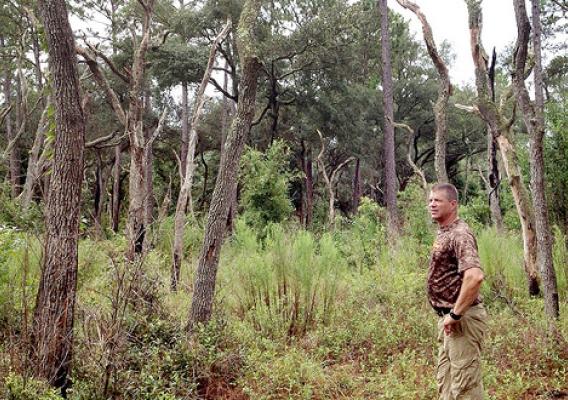Small town Oroville, California sits on the banks of the Feather River at the foothills of the Sierra Nevada mountains. It was established to supply the thousands of prospectors headed to Bidwell Bar, one of the first gold rush mines in the state. Today, this community of 16,260 people produces much more than just gold dust.
At the edge of town, what started in 1989 as a backyard blacksmith shop by owners Michael Phulps and Sean Pierce has become a 82-employee steel manufacturing company called Metal Works, thanks to a little help from USDA Rural Development. Fourteen years ago, Metal Works received their first Business & Industry loan guarantee to purchase a 20,000 square foot fabrication shop and office building on a little over 18 acres. Since then, they’ve converted their original 9,400 square foot building to a retail steel shop, and added another 20,000 square foot fabrication shop, burn table, and a modern, high-precision drill and beam line. Now, they’ve leveraged a new Rural Development guaranteed loan to refinance, save tens of thousands of dollars annually, and hire 10 new employees as a direct result of those savings.









